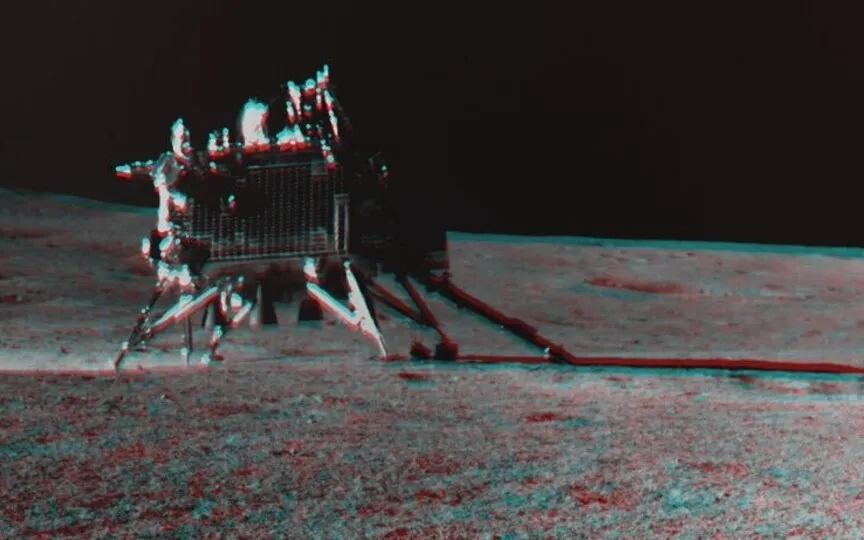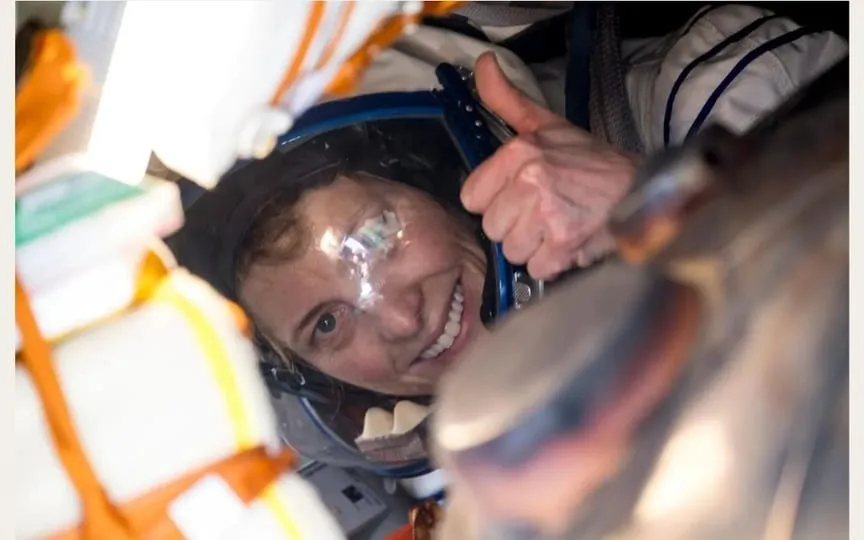India’s ISRO plans to explore new frontiers in space research with Chandrayaan-4 mission
The Indian Space Research Organisation (ISRO) has showcased an exceptional capability to surpass mission objectives, particularly with the Chandrayaan-3 mission, in the realm of space exploration where careful planning typically guides the course of action.
There was a time when ISRO’s GSLV Mk II saw 4 failures and 2 partial failures out of a total of 16 launches, and cartoons depicted ISRO’s efforts in a humorous way, showing established space forces in the “ELITE SPACE CLUB” and a character called “INDIA” knocking around. at the door with the bull. However, ISRO has changed its reputation dramatically. GSLV Mk III (renamed LVM3) is an undisputed success out of 7 out of 7 launches that put India at the forefront of space nations. One such achievement was the success of Chandrayaan – 3 .
Launched with the primary objective of achieving a soft landing near the moon’s south pole and conducting in situ experiments, the Chandrayaan-3 mission achieved much more.
ISRO demonstrated the re-ignition capabilities of the Vikram Lander engines in the HOP experiment on September 3, 2023, followed by an even more impressive feat: retrieving the propulsion module from lunar orbit and bringing it to Earth.
ISRO achieved this by first raising the orbit of the module on 9 October 2023 from 150 km to 5112 km and then extending it to a range of 1.8 lakhs x 3.8 lakhs km on 13 October. The Propulsion Module eventually escaped the lunar gravity by using the Moon’s gravity in well-orchestrated four lunar flybys and was captured by Earth on November 22 when it was 1.54 lakh km from Earth.
Building on the success of Chandrayaan-3, the Chandrayaan-4 mission is ISRO’s most ambitious lunar mission. This planned lunar sample return mission consists of four modules:
- Transfer Module (TM): This module acts as an interplanetary transport mechanism that transports other modules from Earth orbit to the Moon. It is equipped with the necessary propulsion and navigation systems to enter and maintain lunar orbit.
- Lander Module (LM): The Lander Module is responsible for landing from lunar orbit to the lunar surface. It is designed to perform a controlled descent, minimizing shock and ensuring stability of the lander for operations on the lunar surface. After landing, it acts as a launch pad to return the Ascender Module to lunar orbit.
- Ascender Module (AM): After the Lander Module has collected lunar samples, the task of the Ascender Module is to ascend from the lunar surface with the collected samples. It must lift off from the Moon, return to lunar orbit, and dock with the Transfer Module. This module is equipped with a propulsion system capable of overcoming the Moon’s gravity and performing rendezvous and docking processes in space.
- Reentry Module (RM): This module is designed to bring lunar samples back to Earth. The Reentry Module enters Earth’s atmosphere, survives the heat of reentry, and lands safely, preserving the integrity of samples for research.
The mission targets a landing site near the Moon’s south pole, specifically near the Shiv Shakti Point where the Chandrayaan-3 lander touched down, and is planned to last for one lunar day.
The task proceeds in two stages. According to the updated launch profile, in the first stage, the LM, AM and TM will be launched by an LVM3 rocket. After landing near the Moon’s south pole, the LM uses a robotic arm to collect lunar samples and transfer them to the AM. AM then lifts off from the lunar surface and docks with TM in lunar orbit.
In the second step, TM receives the moon samples from AM and transfers them to RM. The Re-entry Module is launched on the PSLV. After this transfer, AM detaches from the dock, allowing the TM+RM composite to begin its return journey to Earth. Designed to survive atmospheric reentry, the RM then returns the lunar regolith to Earth for analysis.
The Chandrayaan-4 mission, which involves complex maneuvers such as docking the module into lunar orbit and precision landing, is a major technological leap for ISRO. Analysis of the lunar regolith could deepen our understanding of the moon’s formation and evolution. The presence of water ice at the moon’s south pole could also significantly affect future lunar missions, including the establishment of lunar bases.




